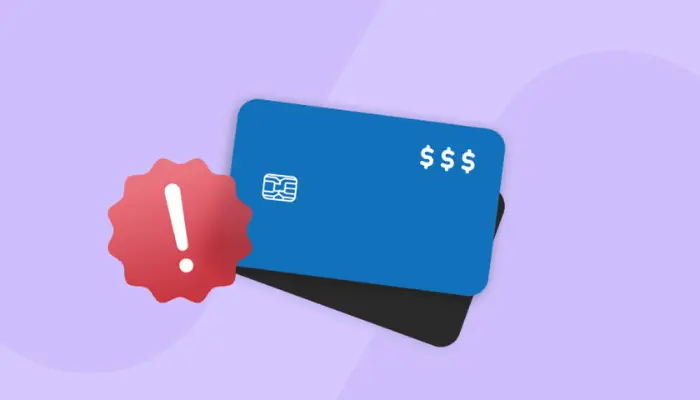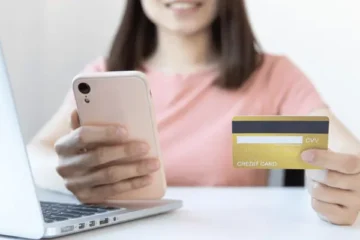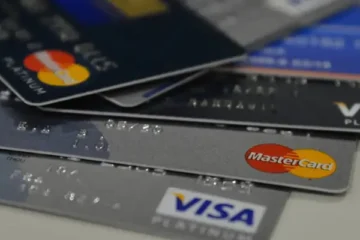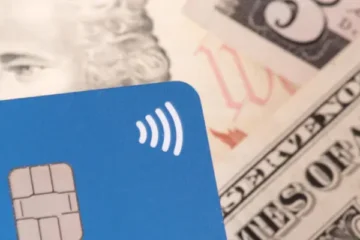Credit Revolving Payments vs. Personal Loans
When discussing money and credit, it’s easy to get confused by the terms used by banks and financial institutions.
Advertisement
“Revolving Credit” and “Personal Loans” are examples of such terms that may seem complicated at first, but once you understand how they work, they are quite simple.
Advertisement
Knowing the differences between these options can make a big difference when determining which one fits your financial situation.
If you’re living in Japan and don’t want to pay excessively high interest or fall into endless debt, this article is for you. We’ll explain everything clearly and practically. Let’s get started!
Advertisement
What is Revolving Credit?
Let’s first talk about the well-known revolving credit. If used carelessly, it can become the “villain” of your finances. Revolving credit is the credit that occurs when you only pay part of your credit card bill.
The remaining amount becomes debt and interest is applied. This is like borrowing money automatically and has one of the highest interest rates in the market.
Main Features of Revolving Credit:
- Flexibility: It can be used to cover emergency expenses or to pay only the minimum amount on your bill.
- High Interest: In Japan, an annual interest rate of over 20% is permitted, making it very expensive.
- Convenience: If you don’t pay the full amount, the bank automatically approves the remaining balance, making the process easy.
Real Example:
Let’s say you spend ¥100,000 on your credit card but can only pay ¥30,000 by the due date. The remaining ¥70,000 will go into revolving credit.
This means that next month, in addition to the principal, you will need to pay interest on the ¥70,000. As long as the balance remains unpaid, the interest continues to accumulate, making it harder to manage.
What is a Personal Loan?

Next, let’s talk about personal loans. This is a completely different option from revolving credit. A personal loan functions as a planned borrowing.
You borrow a certain amount and repay it in manageable installments. Typically, personal loans are used for specific purposes, such as purchasing a car, paying for tuition, or funding a large project.
Main Features of Personal Loans:
- Clear Purpose: Designed for major purchases or important investments.
- Fixed Installments: The exact monthly payment is known, making it easier to plan.
- Lower Interest Rates: Due to lower risks for banks, the interest rates are much lower compared to revolving credit.
Real Example:
Let’s say you want to buy a ¥500,000 motorcycle. You take out a loan from a bank and set up a 24-month fixed installment plan (¥25,000 per month, including interest). This way, you’ll know the exact amount you need to pay until the loan is fully repaid.
Basic Differences Between Revolving Credit and Personal Loans
Understanding the differences between revolving credit and personal loans is like learning the rules of two completely different games.
Both deal with credit, but their purposes and mechanisms are very different. By understanding these differences, you can find the option that best suits your financial situation and needs. Below, we break it down clearly and simply:
1. Purpose
- Revolving Credit: Used in emergencies or when you can’t pay the full debt at once.
- Personal Loans: Suitable for planned expenses or major purchases with a specific purpose.
2. Interest Rates
- Revolving Credit: It has very high interest rates, often exceeding 20% annually in Japan.
- Personal Loans: Interest rates are much lower, generally ranging from 3% to 10% annually (depending on the borrower’s credit status and the bank).
3. Repayment Method
- Revolving Credit: You make the minimum payments, but interest is charged on the remaining balance, causing the debt to increase.
- Personal Loans: You repay in fixed installments, so the payment amount remains the same throughout the loan period.
4. Loan Term
- Revolving Credit: There is no fixed term, and the debt may continue indefinitely unless fully paid off.
- Personal Loans: The repayment period is set in the contract and can range from a few months to several years.
Advantages and Disadvantages of Each Option
When making financial decisions, it is important to compare the advantages and disadvantages of each option.
Both revolving credit and personal loans have their own pros and cons, and depending on your needs and financial situation, one may be a better fit.
Below, we will explain the strengths and weaknesses of each option to help you make an informed choice.
Revolving Credit
- Advantages:
- Easy and quick access to credit.
- Can be used for emergencies without complicated procedures.
- Disadvantages:
- Very high interest rates.
- Risk of accumulating debt over the long term.
Personal Loans
- Advantages:
- Lower interest rates.
- Fixed installments make financial planning easier.
- Disadvantages:
- Approval is required, and it may take time.
- Less flexibility, as it is limited to specific purposes.
Which Option Should You Choose?
Choosing between revolving credit and a personal loan can be difficult. However, by organizing your options, you can make the right decision for your situation. Below are practical steps to help you find the option that best suits your needs and budget.
1. Understand Your Needs
- Ask yourself: “Why do I need this money?”
- Revolving Credit: Best for emergencies or when you need a small amount of money immediately. It’s available instantly without complicated procedures.
- Personal Loan: Ideal for planned expenses like purchasing a car or home renovation.
If you have a planned purpose, personal loans are usually the better option.
2. Compare Interest Rates
- Before making a decision, always research and compare interest rates.
- Revolving credit typically has very high interest rates, while personal loans often offer better terms.
- In Japan, you can use online platforms to compare interest rates from different banks in just a few minutes. Use this to find the most favorable terms.
3. Consider the Repayment Period
- Evaluate how long it will take to repay the loan.
- Revolving Credit: There is no fixed repayment period, and the debt can continue indefinitely unless fully repaid, posing a risk.
- Personal Loan: You repay the loan within a fixed period, making it easier to plan and manage your finances.
Choose the option with the best repayment period that doesn’t strain your budget.
4. Assess Your Income
- The most important thing is to ensure that your repayments align with your income.
- Calculate your income and expenses to see if a personal loan’s fixed payments are feasible, or if revolving credit will put too much pressure on your income over time.
- Tip: Keeping your debt-to-income ratio below 30% will help you maintain a healthy financial situation.
By following these steps, you can easily decide which type of credit to use. It’s essential to plan before spending. The better you understand your financial situation, the more you can avoid future problems!
Which is Cheaper? Revolving Credit or Personal Loans?
When considering costs, personal loans are typically the cheaper option. This is because they generally have much lower interest rates.
While revolving credit can have annual rates exceeding 20%, personal loans usually fall within the range of 3% to 10% annually (depending on the bank and credit rating). Therefore, if saving is a priority, a personal loan is a better choice.
What is the Credit Limit for Revolving Credit?
The credit limit for revolving credit depends on the credit card and the bank’s policies. In many cases, the limit is tied to the total credit limit of the card.
For example, if the credit limit on your card is ¥500,000 and you’ve used ¥400,000, the remaining ¥100,000 will be available as revolving credit. Being aware of this amount helps you avoid unexpected issues.
Can I Renegotiate My Revolving Credit Debt?
Yes, renegotiation is possible. Many banks allow you to convert revolving credit debt into lower-interest installment payments.
This is an effective way to prevent the debt from increasing uncontrollably. However, the best option is to pay off revolving credit as soon as possible to prevent interest from accumulating.
Do I Need Collateral for a Personal Loan?
It depends on the loan. For some loans, like home loans, collateral such as real estate or a vehicle may be required. However, unsecured personal loans, which do not require collateral, are also common.
That said, to get the best terms, it’s important to have a stable income and a healthy credit history.
Understanding the differences between revolving credit and personal loans may seem challenging at first, but it is essential for improving your financial awareness.
Revolving credit may be helpful in emergencies, but it comes with high-interest risks. On the other hand, personal loans are more affordable and organized but require planning.
Before making a choice, evaluate your needs, compare terms, and manage your budget. The best option is always the one that allows you to maintain control of your financial situation.
Now that you’ve understood everything about this topic, why not share it with your friends to help more people understand these options?





